Context
Physical activity (PA) in early life can generate lifelong health benefits. In China, PA among adolescents is low, with only one in four achieving the World Health Organization’s recommended levels. In fact, a recent study of Chinese undergraduate students classified most of them (60%) as physically inactive.
Previous studies have theorized that strengthening an individual’s intention to increase their PA is the best way to increase it, but interventions based on this theory have been costly, unpopular, and inflexible. Internet-based technologies are potential platforms to address these limitations. WeChat is a flexible, low-cost, and anonymous social network popular among Chinese youth for chatting and sharing information with their peers. Coupled with gamification and social incentives like peer support, collaboration, and competition, such a platform may be effective in delivering a PA intervention to young people. The authors sought to examine the effectiveness of a WeChat-based PA intervention using gamification and social incentives delivered to Chinese undergraduate students for seven weeks from March to May 2018.
Intervention
Research staff shared educational information on PA weekly, with all participants via a WeChat group. In addition, the students receiving the intervention were grouped into peer-support teams of five to six members, each with a dedicated WeChat group. Teams were required to meet in person before the intervention started to build familiarity and elect team leaders. Social incentives included having students pledge to achieve their PA goal, daily reporting of physical activity within teams, and regular reminders and supportive messages from team leaders. Gamification methods included a point system that ranked the teams based on their performance.
Evaluation
Design: The participants were recruited at Shanghai Jiao Tong University via ads on notice boards and through the university’s official WeChat links and emails. Interested students who met the eligibility criteria, which included being between 18 and 24 years old and having a smartphone and an active WeChat account, were non-randomly assigned to the intervention or control group (non-randomized controlled trial). While the students in both groups were part of their own WeChat groups where they could access the weekly PA-related content, only those in the intervention group received the intervention incorporating social incentives and gamification.
All participants reported their physical activity by completing a short version of the International Physical Activity Questionnaire (IPAQ), which asked about their PA in the seven days prior. Daily physical activity duration (DPAD) was calculated and shared with the WeChat group via a spreadsheet, allowing teammates to see their peers’ performance. Participants were sent a separate questionnaire assessing four social cognitive variables: attitude, subjective norms, perceived behavioral control, and behavioral intention. The two questionnaires were completed by participants at baseline and after the intervention (post-test) using a link shared by the research team via WeChat.
Sample: A total of fifty-four students were enrolled, with 17 assigned to the intervention group and 35 to the control group. Only 4% of the participants did not complete the study. Participants had an average age of 21 and about half were female. At baseline, the mean body mass index of the two groups was not significantly different (21.7 in the intervention group and 21.4 in the control group). Physical activity (including DPAD, vigorous PA time, moderate PA time, walking time, and sitting time) and social cognitive variables also were also not significantly different.
Results
Significant differences in social cognitive measures were observed between the two groups, with the measures increasing from baseline to post-test in the intervention group but not in the control group. Regarding physical activity, the two groups significantly differed in various measures, including vigorous PA time, days of vigorous PA, moderate PA time, and days of moderate PA, with the intervention group showing higher positive changes on all measures compared to their counterparts. Sitting time per week also decreased in the intervention group, but not in the control group. Total physical activity as measured by IPAQ improved in both groups by the end of the study, however the improvement was significantly larger in the intervention group. In addition, students in the intervention group saw increases in both the proportion of days per week when they achieved their DPAD goals and their total weekly physical activity, while the control group saw slight declines.
Limitations: The study’s limitations include self-reported subjective measures of PA and a short intervention period. Participants were also not completely independent, as they were able to interact with each other as part of the intervention design. Lastly, the separate effects of gamification and social incentives could not be evaluated.
Conclusion
The authors showed that a WeChat-based intervention using gamification and social incentives increased self-reported physical activity and related social cognitive measures among a group of undergraduate students in China. This design may have promising applications to other interventions promoting healthy behaviors among young adults. Future studies should focus on teasing out the separate effects of the intervention components, looking at the results with and without gamification and social incentives.


